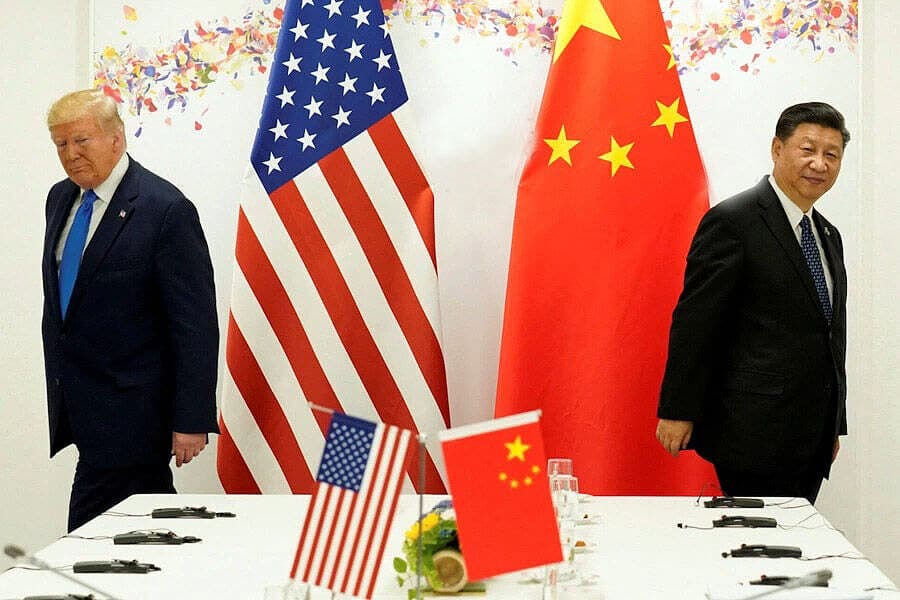90-day ceasefire: a pause before the next wave of the China-US trade war.
After weeks of tense negotiations and conflicting signals, the US president has finally signed an executive order extending a tariff truce with China for another 90 days. The signing halted a wave of new tariffs that could have hit global trade at midnight.
On the other side of the world, in Beijing, news of the extension quickly reached decision-making rooms, and a brief smile crossed the lips of top negotiators who knew they had bought three months to haggle behind closed doors over steel, soybeans, and technology. The battleground had now shifted from the docks and factories to the negotiating table, where silence is sometimes louder than the sound of exploding tariffs.
The extension of the 90-day truce between the United States and China is more of a tactical pause than a sign of reconciliation. Both sides know that this temporary pause will only buy time to recalibrate strategies. From Washington’s perspective, these three months are an opportunity to increase economic and political pressure on Beijing and force it to make concessions in areas such as purchasing American agricultural and industrial goods.
Trump also knows very well that the domestic market and voters in agricultural states are watching the outcome of these negotiations. That is why, even before signing the extension order, he asked China to “quadruple” its soybean imports from the United States; a request that is more of a propaganda move aimed at winning the support of farmers ahead of the elections than an economic one. Washington is trying to use the truce as a launching pad for domestic political victories.
On the other hand, Beijing sees these three months as an opportunity to reduce current pressures and prepare for the next round of confrontation. The experience of the past few years has shown that China uses the pause in negotiations to create alternative trade routes, strengthen domestic supply chains, and find new leverage.
This ceasefire is not considered the end of the war by senior Chinese officials, but rather a strategic pause to sharpen pressure tools and gain the upper hand in the next round of negotiations.

